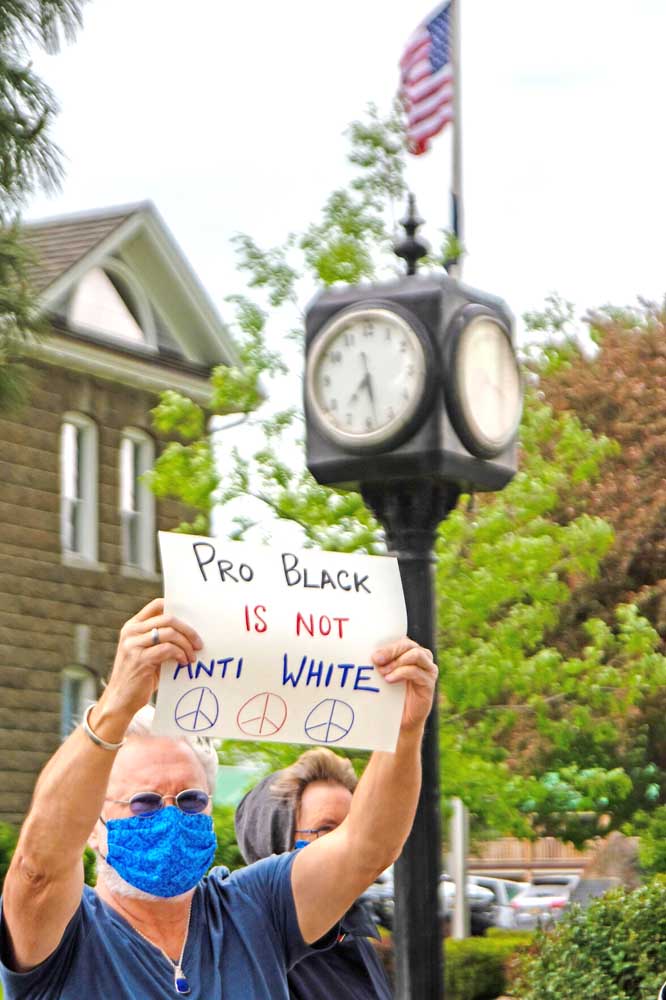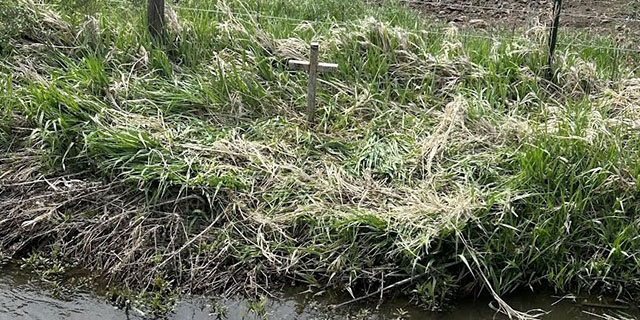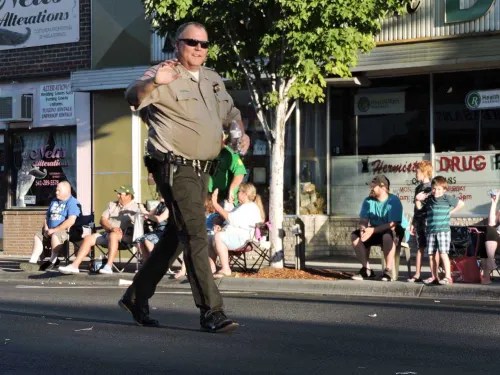The only thing we have to fear is fear itself
Published 1:19 pm Monday, June 8, 2020

- Protesters brought many signs and many sentiments to the rally.
In 1933, faced with the daunting economic and social crises of the depression, Franklin Roosevelt took the reins of a shaken nation. In his first inaugural address, he challenged his country to chart a new course with the stirring and immortal words “The only thing we have to fear is fear itself—nameless, unreasoning, unjustified terror which paralyzes needed efforts to convert retreat into advance.”
Roosevelt’s mantra is as valuable today as it was in 1933. In 2020, we face crises perhaps not as dire as the depression’s depth, but as critical to our future.
Loss of jobs, loss of lives, and loss of our national character as a revered global leader have stripped us of pride, and instilled fear of our future, fear of others, and in fact, fear of one another. A house or a community thus divided, to paraphrase Lincoln, cannot stand.
On Friday June 5th, about 200 Wallowa County people stood on the courthouse grounds in an orderly, peaceful demonstration. They were there to protest the murder of an African-American man by a Minneapolis policeman. Across the street, another, smaller group also assembled in orderly peaceful manner. Some carried assault rifles or other arms. They were there to keep the peace and protect property should violence break out. They also decried the murder of George Floyd. And they said that the courthouse demonstration was proper, peaceful and “just the way it should be.”
And yet, the fear and suspicion was palpable on both sides. People of color avoided the courthouse protest because they said they felt threatened by Facebook postings that some deemed the equivalent of death threats.
The folks on the north side of Main Street were there to help the police, sheriff and state police guard against the rumored arrival of busloads of agitators, supposedly armed with bricks and other implements of terror, intent on laying waste to the town.
Neither side was willing to cross the street to talk with the other, although they shared similar opinions of George Floyd’s death in Minneapolis.
Both sides reacted to fears driven by rumor and innuendo. The recent history of armed individual assaults on schools, churches, and synagogues, as well as the import of Facebook posts, drove the concerns of the protesters, but the folks on the north side of the street also had vivid memories of the first three days of protests, when anger at a fever pitch in Minneapolis, Los Angeles and elsewhere produced burning buildings, flaming police cars, injuries, and looting. And they, too were motivated by things they heard online.
In both cases it is easy for internet trolls to exaggerate threats, appeal to our fears, to rally us to self-defense, then to survival mode, and then to hatred. In times when our lives are fragile, threatened by job loss, business failures, and a loss of freedom, it is easy to turn us against one another. Neighbor against neighbor is not a good way to live.
It takes courage to cross the street. It requires a faith in one another that is fading and needs to be reclaimed. Especially in a small county and a small community.
Whatever the steps we need to take to bridge that gap, we need to begin. Even if it’s small steps of finding common ground where we can. Even if it’s just crossing the street.





